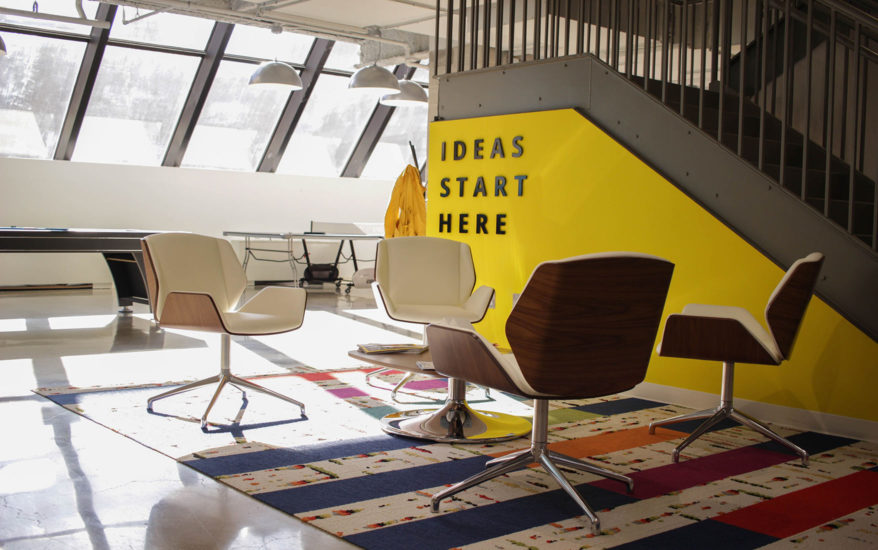
It’s always important to stay abreast of the latest trends and developments as we safely return to our workplaces. But in a year like no other, keeping on top of fundamental changes has become business-critical.
Through the insights from WORKTECH Academy, here are the latest workplace trends to take note of as we rethink how best to adapt to the ‘new normal’:
Technology: the rise of the (automated) machines
Anyone who has suddenly had to adapt to remote working models won’t be surprised to learn that the growth of video collaboration use is spurring greater prioritization of new tech investment. What is more interesting, however, is the role that automation is set to play within this new wave of innovation. Over 60% of UK business leaders expect to accelerate plans to use automation to carry out some tasks currently fulfilled by employees. That may not be good news for employees, but,
the efficiency that can be gained from automation could be very good news for business bottom lines.
People: work on wellbeing required
Lockdowns and social distancing have posed many difficult challenges for employees around isolation and their wider mental health. Mental Health Foundation research found that a quarter of UK adults reported feeling lonely because of the pandemic. But while many business leaders are aware of the psychological pressures of COVID-19, many aren’t responding with new approaches to help safeguard the mental health of their workforces. Only 32% of organizations reported regularly evaluating the effectiveness of their wellbeing initiatives.
Place: our cities are changing
With more people working at home, why people travel into cities has altered radically in recent months. Instead of needing to visit cities to work, people now go into them because they want to, for entertainment, leisure or for exercise. This will have a profound effect on future urban planning and design, and plans in the likes of Milan, Manchester and Barcelona to increase cycling and walking provision is just the start. In the longer-term, there will be a knock-on effect on businesses, the physical real-estate they use, what they use it for, and why people come to the office.
Culture: a question of trust
It’s clear that it’s up to employers to inspire faith in their workforces that when they’re expected to return to the office, it will be safe to do so. The proportion of UK workers who don’t trust their employers to do the right thing generally has jumped to 43%, and that trust has never been more important when people’s health is potentially at stake. There is a critical need for business management to lead by example, take appropriate and regularly reviewed measures to ensure employees are safe in the office, and to keep the lines of communication open so that the workforce always feels reassured.
Design: curtains for the cubicle?
A new era of social distancing and more flexible office space means high-density, open-plan offices are set to be consigned to the dustbin of history. Short-term solutions like one-way systems and protective screens between workstations are little more than a sticking plaster, and a new approach will be required for the months and years ahead.
Workers will want to feel comfortable when they’re in the office, so that means bigger workstations, more space between them, full provision for sanitization, and even workspace scheduling technology that can minimize close physical interaction and quickly allow action to be taken in the event of an infection.
*Condeco is a global partner of the WORKTECH Academy



